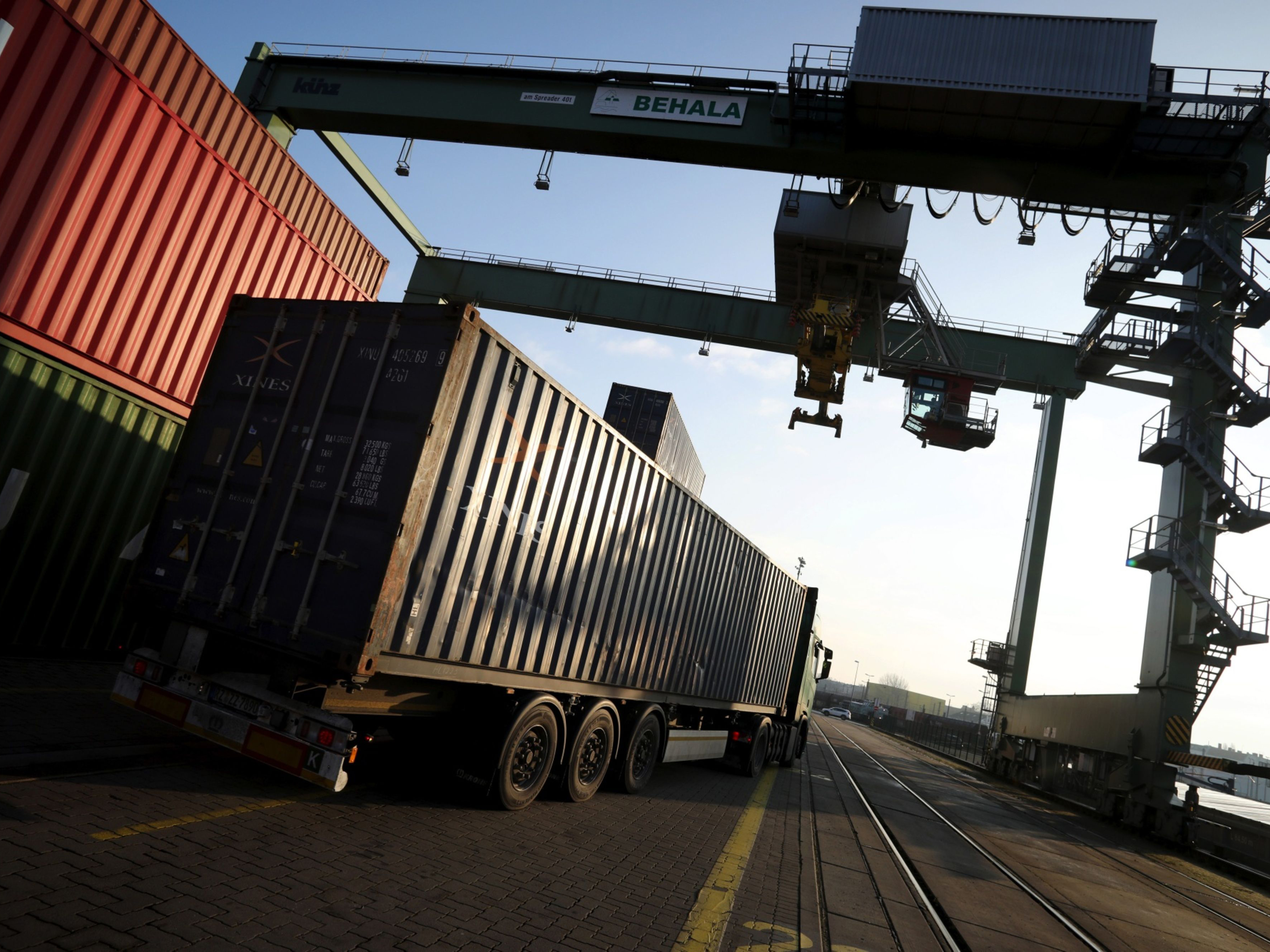
Across every industry, global supply chain shortages have impacted business. Labor problems, congested ports, increased demand and a lack of supply mean prices are rising in every industry. Lumber prices are returning to earth after quadrupling year-over-year in May, but remain about twice what we paid in summer 2020, making it difficult for homeowners to complete building projects.
As if this weren’t challenging enough, shortages of steel, copper and computer chips are directly impacting the production of everything from new transport trucks to personal vehicles.
What does all of this mean for transportation and buying goods this year?
Manufacturers at Capacity
Typically, when manufacturers see demand increases, they increase capacity to make more things. But this isn’t a typical year. Manufacturers are hesitant to invest in capacity increases in response to a demand that could be primarily COVID-19-related. Many are also anxiously buying more materials than they need to maintain stocks, further impacting global supply.
Meanwhile, containerships are operating at capacity, ports are jammed and supply chains are bottlenecked. This impacts everyone, from raw material producers to factory owners and trucking companies.
We’re seeing the ripples of impact from this situation across other industries, too.
Rising Cost Per Mile
The cost per mile for a van trailer was up 34% year-over-year in July — at $2.74 — according to DAT Freight & Analytics. We’ve seen this before, and given that transportation is a cyclical market, it’s unlikely that anything is going to change in the short term.
In 2018, there was a high demand for shipped goods and not enough trucks to move them. New trucks were ordered, and when they came online by the second half of 2019, the supply of goods surged and prices dropped dramatically.
Today’s situation is similar. There are more shipped goods than available trucks, and prices have increased. But purchasing a new Class 8 truck isn’t as easy as it was in 2018.
Truck Production Headaches
This February, Class 8 truck builds per production day were at their lowest level since August. Steel prices set records throughout the spring, and in April copper prices reached heights not seen since 2011.
Truck manufacturers are struggling to fulfill orders, which would typically (pre-pandemic) be delivered in about six months. Now, companies report orders with fulfillment dates in 2022 and beyond.
From the consumer’s standpoint, the fallout from price increases across the supply chain hasn’t yet been fully realized, since pricing is often determined months or quarters ahead.
There will likely be ongoing adjustments, as increased costs are passed on through the supply chain, and it could be the second half of 2022 before we start to see price corrections in the market. Logically, we’re looking at higher prices in transportation over at least the next 12 months.
Given the unique and difficult market conditions today, how does one strategize transportation and goods purchases? Here are three tips.
- Flexibility in pricing. Deals that are too short or too long might present uncertainty and risk. Instead, try to work with partners and vendors to find pricing for the next quarter and avoid locking in to long term contracts that lack flexibility.
- Strong relationships with partners. They will carry you through challenging times and help develop solutions for your supply chain.
- Diversity in sourcing. Traditionally, Asia has been the leader in sourcing, but when COVID-19 hit those markets and factories shut down, suppliers were left high and dry. Consider new markets like the Caribbean or Central America from which to source materials.
As we ride out current supply chain hassles and shortages, we need to work together to plan for the short term, as well as prepare for a post-pandemic future.
Eric Masotti is vice president of logistics with Trailer Bridge.







